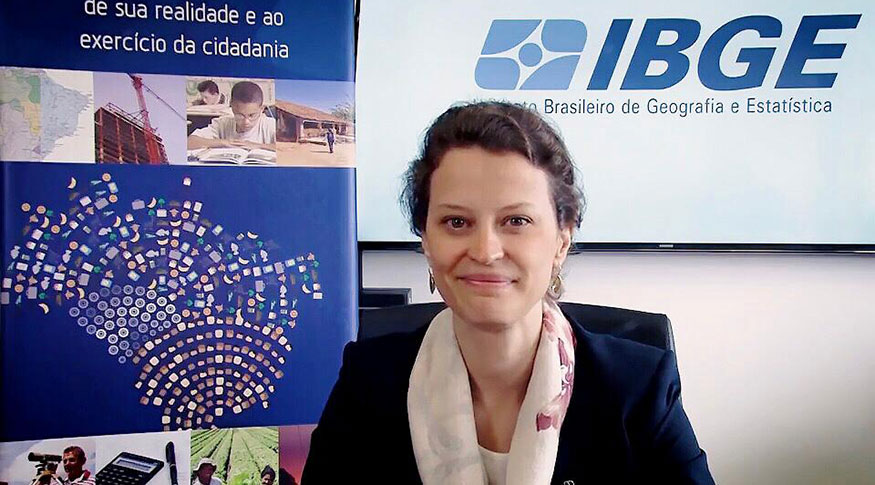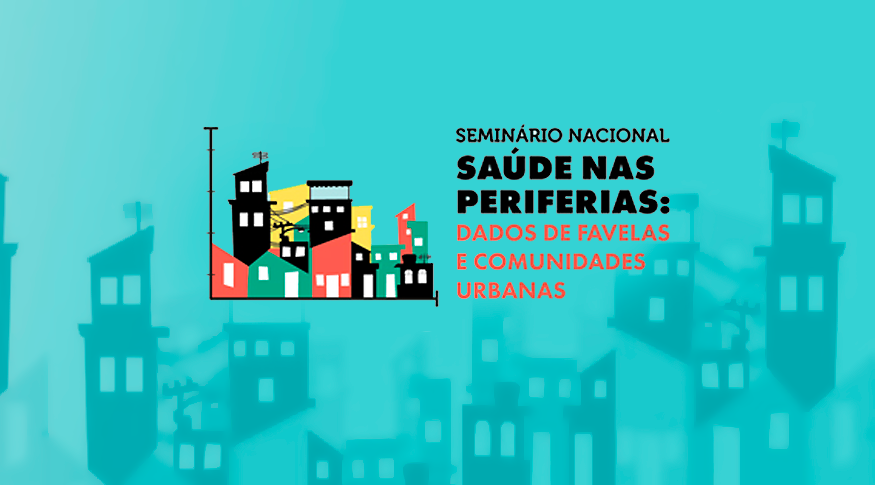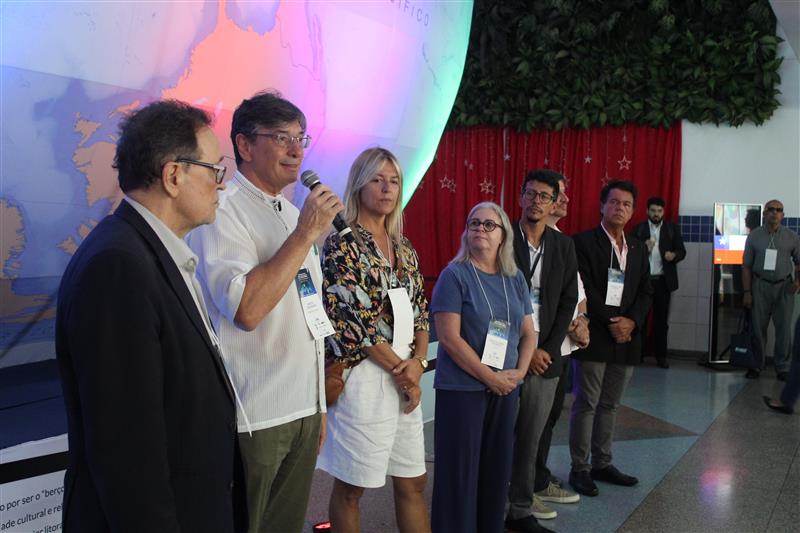International Seminar
IBGE enters partnership with Federal Revenue and IDB to modernize National Accounts
March 19, 2021 05h30 PM | Last Updated: March 25, 2021 03h47 PM
NSOs all over the world have been making agreements to increase the use of administrative records with statistical purposes. The items of the agreements reinforce the idea that the greater the use of administrative records, the better the results and, consequently, the efficiency of the System of National Accounts and of tax systems. That was one of the main topics of the Seminar on the Tax Input-Output Matrix and Methodology of National Accounts, carried out every two years, and held this year on March 18 and 19.
The event contributed for the IBGE and the Federal Revenue of Brazil (RFB) to take another major step towards new levels of transparency and quality in the current models - focused on a single base with multi purposes and efficiency gains capable of reducing costs for society, in terms of financial resources. There is also an attempt, on both sides, to reduce the respondent burden by means of a smaller load of data and demands. The opening ceremony was attended by IBGE president Ms. Susana Cordeiro Guerra and Special Revenue Secretary Mr. José Barroso Tostes Neto, as well as officials from the Inter-American Development Bank (IDB), the International Monetary Fund (IMF), the National Mayors Front (FNP) and the National Confederation of Municipalities (CNM).
"To foster such improvements in the capacity of analyzing statistical and tax data, we count on a favorable structure and on the great expertise of the technical staff, both in the RFB and in the IBGE," said the president of the Institute. "We are also well aligned and equipped with competent and committed leaders," said Susana. "And we also have a very tangible, very concrete work and product agenda, with well-defined goals and deadlines," she added. "This fight is fundamental so that, with the support of the RFB, the IDB and the IMF, we can spend more and more time on analysis and less and less time on data processing".

The coordinator of National Accounts at IBGE, Ms. Rebeca Palis, explains that one of the purposes of the agreement between the Institute and the Federal Revenue is to obtain tax inputs for the project to better determine tax loopholes carried out by the agency. “As for the IBGE, the objective is to tabulate the administrative records to include them as a data source in the National Accounts”, says Ms. Palis. As a strategic part of this synergy, the seminars deal with, among other issues, the use of National Accounts data to support the Tax Gap calculation methodology, as the tax loopholes are also called. The first seminar was held in December 2020.
For the IDB representative in Brazil, Mr. Morgan Doyle, this debate regarding the use of tax documents for the elaboration of the input-output matrix in the estimation of the tax gap is very relevant. Such a matrix allows to know the flows of goods and services produced by certain sectors to serve as raw material for other sectors that meet the demands of families. The development of this methodology by the IBGE has an economic approach or value, not a taxing one. “The development of the input-product matrix requires a very significant and costly effort to collect and process the data. It depends on surveys with wide national coverage in a country of continental size and with the population it has”, highlighted Mr. Morgan.
For him, the introduction of electronic tax documents in Brazil, a pioneering initiative in Latin America, has been generating a high volume of data and capturing almost the totality of economic transactions subject to the determination of taxes by one of the three spheres of government. “The use of these electronic data is a great opportunity for generating a faster and cheaper input-product matrix. This, in turn, has a series of consequences for public policy-making”, he adds.
The secretary of the Federal Revenue, Mr. José Tostes, claimed that the new approach makes it possible to reach a new level of efficiency for all tax administrations. "Success depends mainly on this cooperation, a partnership involving everyone who is engaged in this work", he explained, highlighting the three main objectives of the project. "The first is to develop and implement for tax administrations and incorporate as a practice the culture of permanently calculating the fiscal gap," he said.
Mr. Tostes explains that the indicator represents the difference between the actual collection and the potential collection. “This practice of measuring the Tax Gap is important for planning tax administration actions and, above all, for the alignment of the performance strategies, which, in order to be more effective and produce better results, must be designed according to the results obtained through this measurement”, he affirmed.
The second objective highlighted by Mr. Tostes is the development of an input-tax matrix product to promote a better use of the potential of the information already found in databases resulting from electronic tax documents. "With this, it is possible to allow a qualitative evolution of economic tax studies in Brazil, which will be greatly enriched with the use, in real time, of information on economic transactions that have tax effects", he explained.
Finally, the third objective is to contribute to more detailed calculation of the National Accounts, by adding inputs from the municipal and state tax administrations. "Based on this, we can deploy the measurement of these National Accounts at all levels of our federation", pointed out the special secretary of the Federal Revenue.
In the event, Mr. Nelson Leitão Paes, also from the IDB, presented the main methodologies of Tax Gap around the world, pointing out the advantages and disadvantages of each one. Mr. Marcelo Silva, auditor of the Federal Revenue Service, presented the main results of the Tax Gap of PIS/COFINS.
Another presentation on the first day of the event was that of the Federal Revenue Auditor, Mr. Ronaldo Medina, who spoke about the tax input-output matrix. On the same day, auditor Mr. Guilherme Dal Pizzol explained the improvements in the results of the collection of PIS/COFINS after the application of the IMF methodology.
In summary, the IBGE is moving from conceptual and rhetorical discussion of administrative records to the implementation of tangible advances in their use to improve the Institute’s products.




















